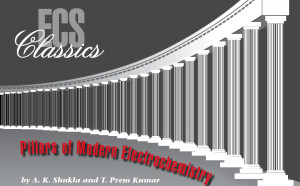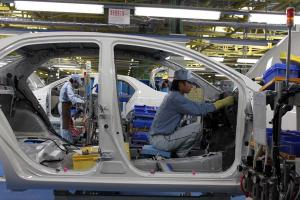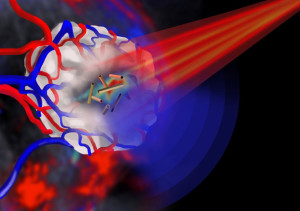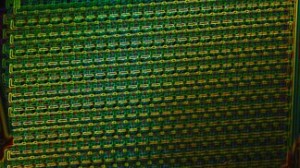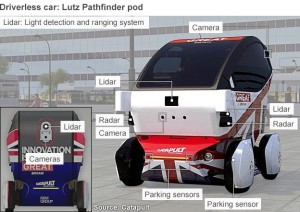Long-time ECS member and past President of the Society (1985-1986), Dr. Alkire has been tremendously influential in the field of chemical engineering throughout his career.
His research activities include experimental investigations and mathematical modeling of localized corrosions, metal etching, high speed electrodeposition processes, porous electrodes, electro-organic synthesis, and plasma reactor design. Alkire received his M.S. and Ph.D. degrees in chemical engineering under ECS’s own Charles Tobias at the University of California Berkeley.
Take a moment to get to know him in this episode of ECS Talk.
Join Alkire and other top scientists in electrochemical and solid state science by joining the Society and attending our meetings!
And don’t forget to head over to the Digital Library to check out some of his published papers, including “Gravitational Effects on the Initial Stage of Cu Electrodeposition.”


